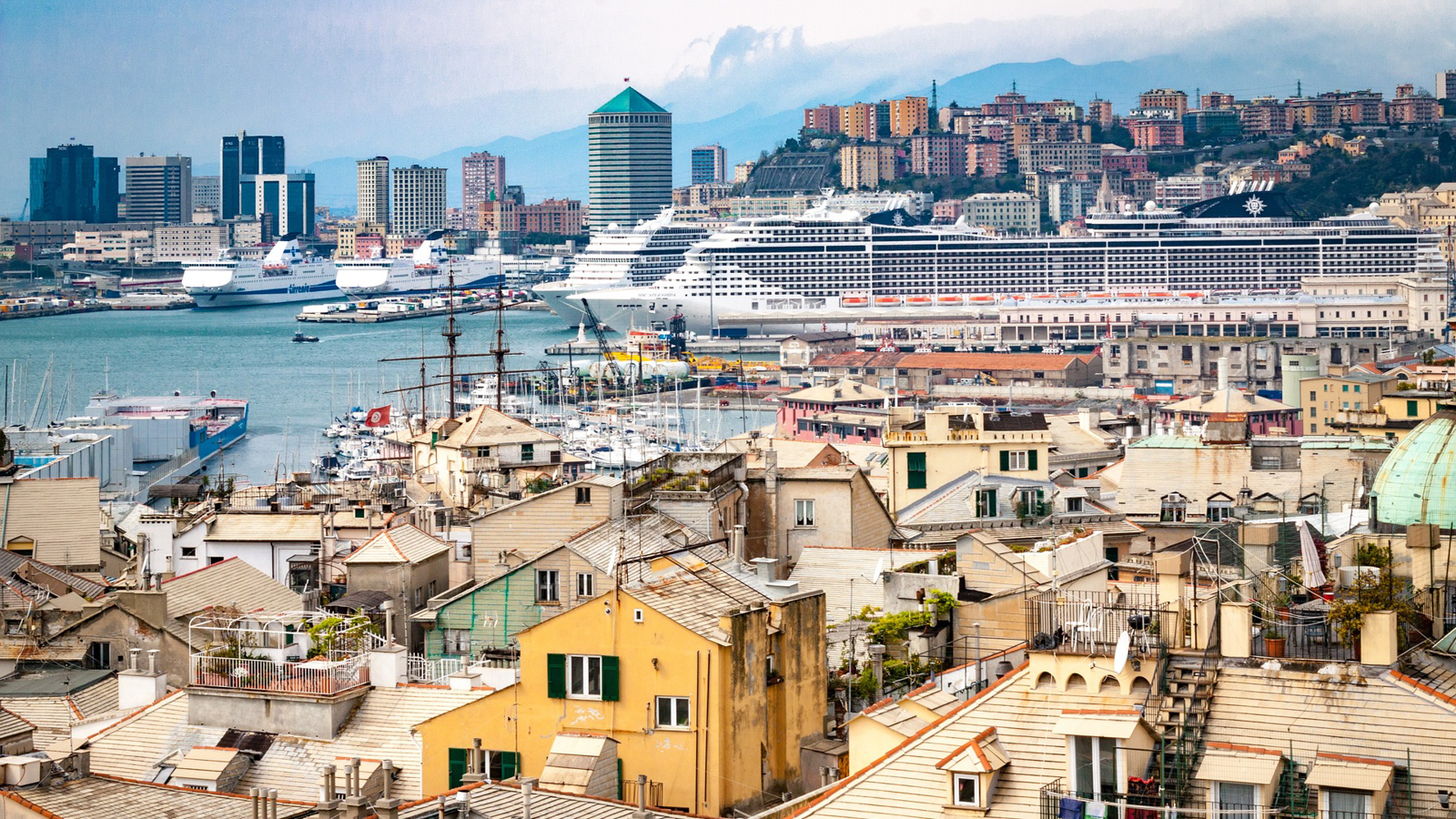When mooring in the berths of our Marina Porto Antico, when from our marina you can see the unmistakable Lantern of Genoa, when you breathe the maritime air of our city, it’s almost instinctive to wonder about the history of the Old Port, where our marina is located. To know every development and event of this wonderful place, probably an entire degree course would not be enough: here we will try to briefly outline the history of the Port of Genoa, presenting the most important dates.
The origin of the Port of Genoa
It’s fascinating to think that the boater who moors in our marina in Genoa has been preceded by other sailors for at least 25 centuries. The historical origins of the Genoese port are indeed in the
The construction and developments of the Old Port of Genoa until the 19th century
The first proper port structures began to emerge in the 12th century: first the peninsula of the Old Pier, then the arcades of the Ripa, and finally the slipways to the west. In the same years, the first wooden piers were built on the Ripa, thus eliminating the need to pull boats onto the beach for loading and unloading operations.
In the following century, the Tower of the Greeks was erected, which disappeared in subsequent centuries, and the first dock was built, with an attached arsenal for the construction of new vessels. One basin was then assigned to the Genoese galleys, the other to the flourishing wine trade.
To arrive at the construction of the Lantern of Genoa, it is necessary to wait until the 14th century, replacing a previous watchtower. During the 16th century, the Old Pier was significantly expanded, reaching 490 meters in length; in 1638, the New Pier was built instead. All this progress was interrupted in 1684, with the first
The best improvements to the port by the Savoy Kingdom
In the 19th century, Genoa was annexed to the Kingdom of Savoy, which initially oppressed the old Republic with heavy taxes, but aimed at developing the port. Thus began the work to extend the piers, to ensure railway connections, to build dry docks, to expand the quays, to dredge the seabed and so on. At the end of the 19th century, the port of Genoa presented itself in splendid form. 90% of the cotton imported by Italy passed through here, 22% of iron and steel raw materials, 40% of grain, 35% of coal, reaching 7.5 million tons of goods handled. The expansion of the port then continued until the Second World War, albeit with a slowdown in the 1920s.
The crisis and rebirth of the Old Port of Genoa
The 5 years of bombings suffered by the city of Genoa and the port, the many sunken ships that obstruct the entrances: the second half of the 20th century starts uphill for the port of Genoa, which then has to deal with the change in naval traffic, and with the increase in ship tonnage, further increased by the arrival of containers in the 1970s. Port traffic is consequently moved towards the western part of the city, leaving the Old Port area largely



